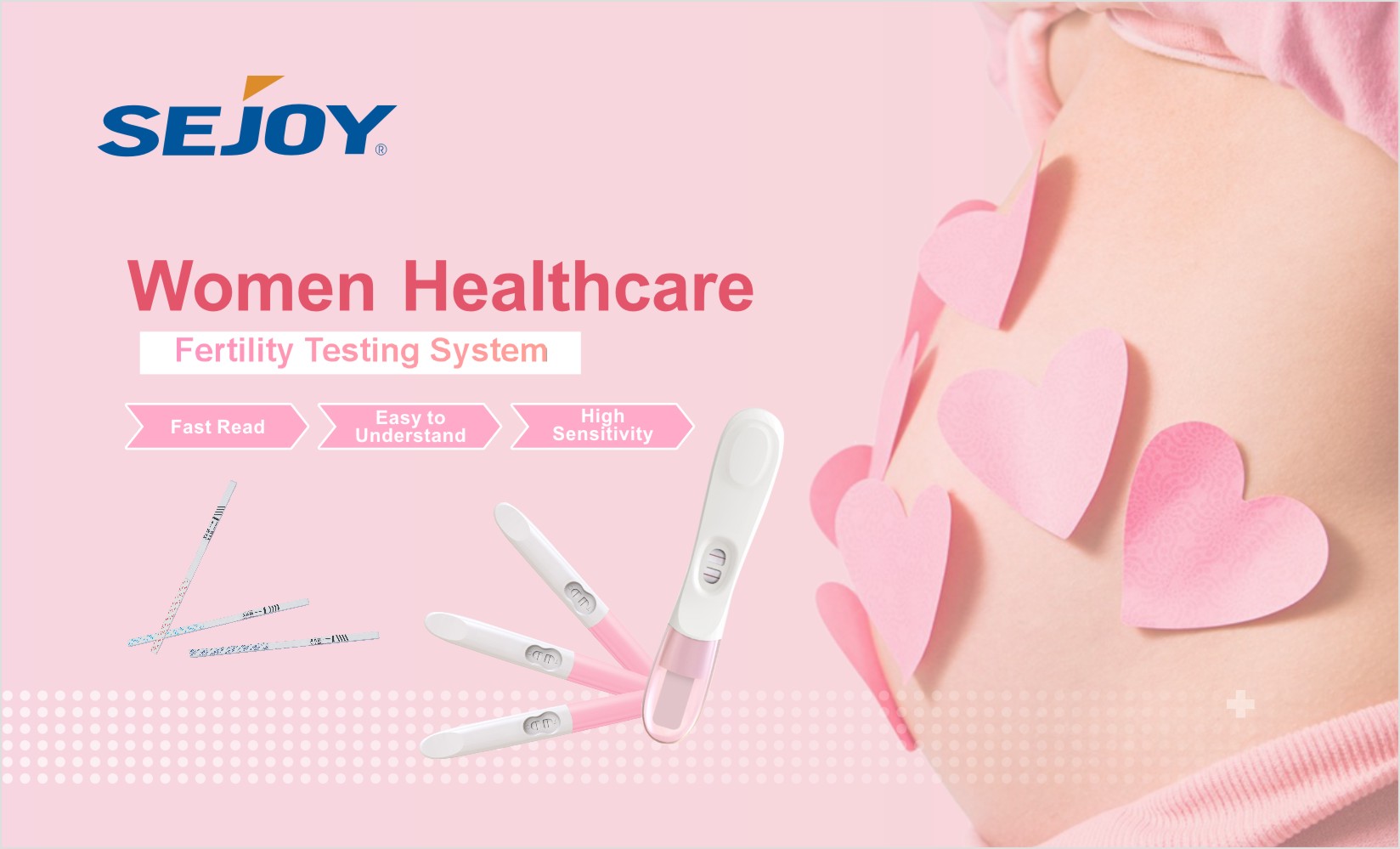What is ovulation test?
An ovulation test — also called an ovulation predictor test, OPK, or ovulation kit — is a home test that checks your urine to let you when you’re most likely to be fertile. When you get ready to ovulate — release an egg for fertilization — your body produces more luteinizing hormone (LH). These tests check the levels of this hormone.
By detecting a surge in LH, it helps predict when you will ovulate. Knowing this information helps you and your partner time sex for pregnancy.
When to take an ovulation test?
An ovulation test indicates the most fertile days in a cycle and when the next period will arrive. Ovulation occurs 10–16 days (14 days on average) before your period begins.
For women with average 28- to 32-day menstrual cycles, ovulation usually happens between days 11 and 21. You’re most likely to become pregnant if you have sex three days before ovulation.
If your typical menstrual cycle is 28-days, you would perform an ovulation test 10 or 14 days after starting your period. If your cycle is a different length or irregular, talk to your doctor about when you should take a test.
How to take an ovulation test?
One way to predict ovulation is to use home tests. These tests react to the luteinizing hormone in urine, which starts increasing 24–48 hours before the egg is released, peaking 10–12 hours before it happens.
Here are some ovulation test tips:
Start taking tests several days before ovulation is expected. In a regular, 28-day cycle, ovulation will usually be on day 14 or 15.
Continue taking the tests until the result is positive.
It’s better to do the tests twice a day. Don’t take the test during your first pee of the morning.
Before taking a test, don’t drink a lot of water (this can dilute the test). Make sure not to urinate for about four hours before taking the test.
Follow the instructions closely.
Most ovulation tests include a booklet that will help you interpret the results. A positive result means that ovulation is likely to occur in 24–48 hours.
Measuring basal temperature and cervical mucus can also help determine the most fertile days of a cycle. Health care providers can also track ovulation using an ultrasound.
With such a short window to conceive every month, using an ovulation test kit improves the guesswork of predicting your most fertile days. This information lets you know the best days to have sex for the best chance of conception and can increase your likelihood of getting pregnant.
While ovulation test kits are reliable, remember that they’re not 100 percent accurate. Even so, by documenting your monthly cycles, observing your bodily changes, and testing a few days prior to ovulation, you’ll give yourself the best chance to make your dreams of a baby come true.
Articles quoted from
Trying to Conceive? Here’s When to Take an Ovulation Test– healtline
How to Use an Ovulation Test– WebMD
Post time: May-11-2022



